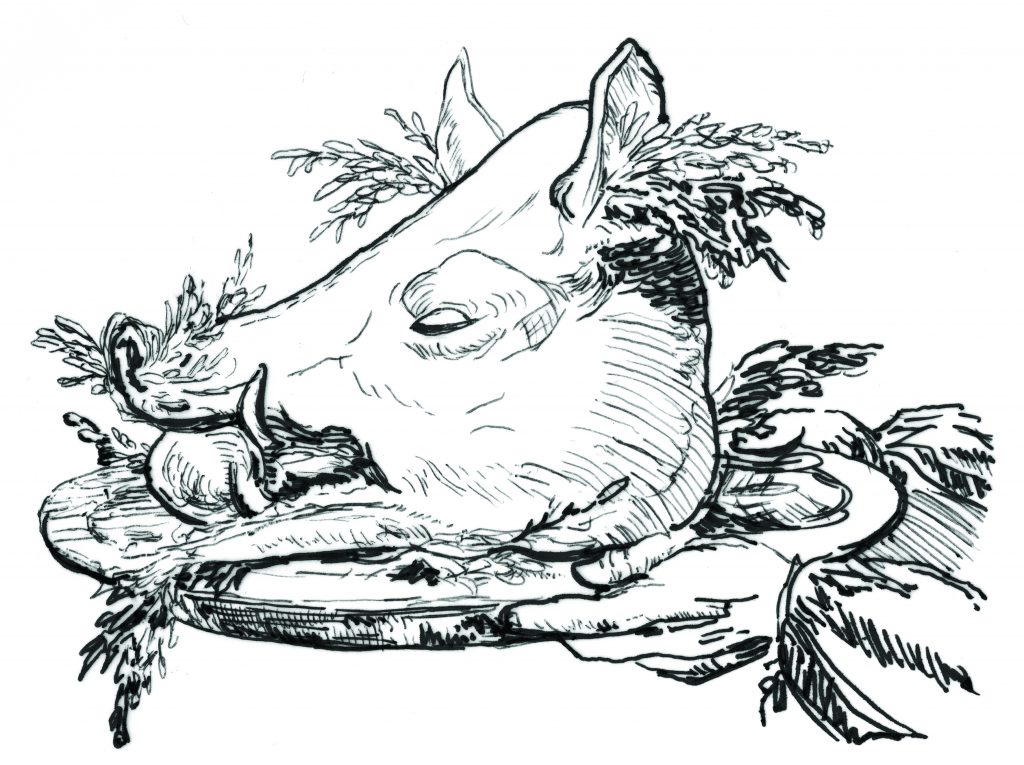2014.01-12 TCAC 關鍵議題駐村計畫 II : 高俊宏 – 「人民如何造假?」使用檔案
2014.01-12 TCAC Burning Issue II : The manual of “How the concept of people be fabricated?” by Kao Junn Hong
(For English please scroll down)
「人民如何造假?」使用檔案
高俊宏
「人民如何造假?」,源於我這幾年來對於臺灣在地文化的政治經濟議題研究而來,相對於東亞及西方部分國家,自由概念的政治經濟學所產生的生命政治情況,在台灣的討論仍屬不普遍,我關注的不全然是這套經濟制度內部如何運作,而是在於其「外部性」(externality)領域,我關注生命如何被駕馭以及生命如何被消解的「場域」問題。
「人民如何造假?」來自於一個好奇,在當代社會中,公民、市民甚至是大眾的概念都是容易理解的,但是其中「人民」的環節卻失落了,「人民」的失落意味著新自由主義各種消費形式分眾化的成功。對於地球現代性起源之一的英國而言,思考「人民」也許也就是對於不可逆的全球化處境下,對「人民」概念做回到原點的思考。計畫中,我想透過「生命文獻」的形式,尋找曼徹斯特任何有關「人民」概念的故事。
如何造假?其方法必然不是社會科學令所假設的實在論,而是創造一個系譜(這與藝術思考模式有密切關連),關於人民的系譜必然消失於資本社會的發展之中,我希望透過尋找、探訪,甚至可能用錄像重置的方式,對這個假設性議題進行拍攝。
執行區域:英國城市(以曼徹斯特但不限於該城市為主)
執行方式:對幾個可能對象、議題或故事、神話進行交錯的、半敘事性的拍攝。在曼徹斯特Museum of Science and Industry的網站資訊中,在館藏項目中有一項「使用檔案」引人注意,我們可以在這個項目下找到例如拜耳等大公司的日誌書籍、紡織品的樣品冊、工程師繪圖、影片……,但其中一項是信件,信件的檔案令人好奇,這些檔案中究竟有沒有商業往來之外的信件,信件中有沒有關於一般人的意見、建議、投訴……這些人還活著嗎?他們的意見具不具有人民概念下的公共性?一切都未知。
本計畫利用曼徹斯特官方或民間有關工業發展及勞工組織所收集的「民眾意見檔案」(如Museum of Science and Industry / People’s history museum) ,試圖找尋當事人或另外「重演」的方式,嘗試回到其工作場景(有可能是廢墟),進行錄像的拍攝。預計以一個代表性故事、事件為主,內容涉及檔案的挖掘、當事人或演員的拍攝、場景的重製、事件的追索、歷史如何再現的探討……拍攝原則盡可能忠於原事物,但必要時不排除「虛構」、「再演」。
The manual of “How the concept of people be fabricated?”
Kao Junn Hong
“How the concept of people be fabricated?” originated from my exploration of political and economic issues of local Taiwanese culture during the past several years. In Taiwan, discussions about the conditions of bio-politics led by free political economics are uncommon compared with those in other East Asian and some western countries. I have paid attention not only on how the economic system works internally but also on the aspect of its externality. I focus on how lives are manipulated and how they are vanished.
“How the concept of people be fabricated?” stemmed from a curious thought. In modern society, the concepts of citizens and the general public are easy to understand. However, the concept of “the people” is missing. The loss of “the people“ implies the successful polarization of the public by various ways of consumption of new liberalism. For England, one of the origins of modernization of the earth, thinking about the people is perhaps to reflect on the initial concept of people in the conditions of irreversible globalization. In the project, I tend to look for stories, events, issues, figures, or written works where related to the people in Manchester with the form of “life documents” and present them in appropriate ways.
How to be fabricated? The ways are definitely not to follow the reality assumed by social sciences but to create a pedigree (, which is closely related to the ways of thinking about art.) The pedigree of people must have disappeared in the development of capital societies, and I would like to screen the theoretical issue by searching, inquiring, or even image remaking.
Regions of execution: cities in England (at Manchester and other cities)
Methods: to shoot several subjects, issues, stories, or legends in an interlaced and half-narrative way. On the website of the Museum of Science and Industry in Manchester, an entry named “archive collections” especially attracted my attention. We can find under the entry the agenda books of Beyer, Peacock and Company, textile sample books, construction maps, video, and also the collection of letters. The letters make people curious about whether some of them are not business correspondence and whether there are opinions, advice, or complaints of the general public in the letters. Are the correspondents still alive? Can their opinions be counted as public? The answers are unknown.
The project will take advantage of the “documents of public opinions” collected by official or non-public organizations concerning industrial development and labor (such as Museum of Science and Industry and People’s history museum), and I will try to look for the people involved or other ways to “reconstruct” in order to return to the working scenes (, which may be in ruins,) and conduct the screening. The screening is expected basing mainly on a representative story or incident, and the content includes the discovery of documents, the shooting of people concerned or actors, rebuilding of the scenes, inquiries into the events, and exploration on how history is replayed. The screening will stick to the original incidents as closely as possible, but “invention” and “reconstruction” may also be used if necessary.

